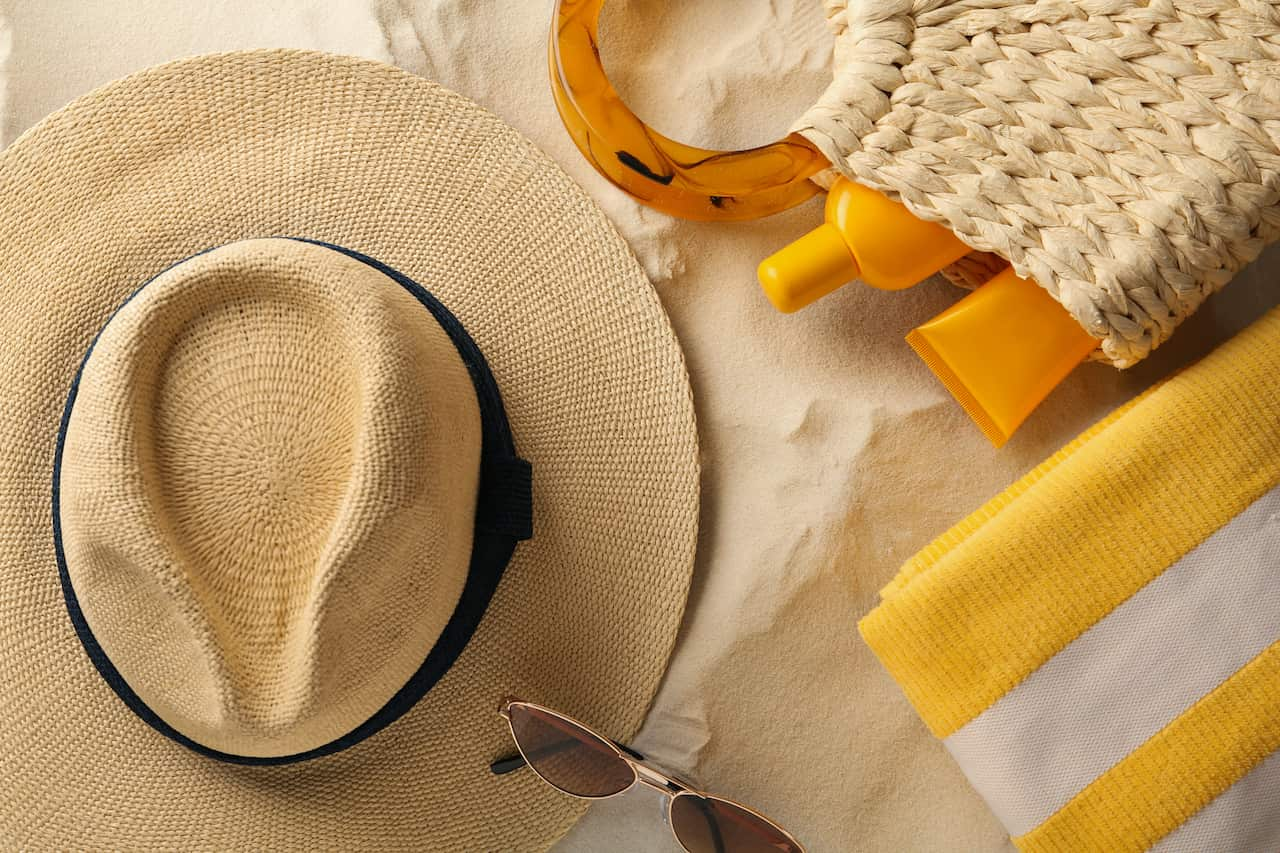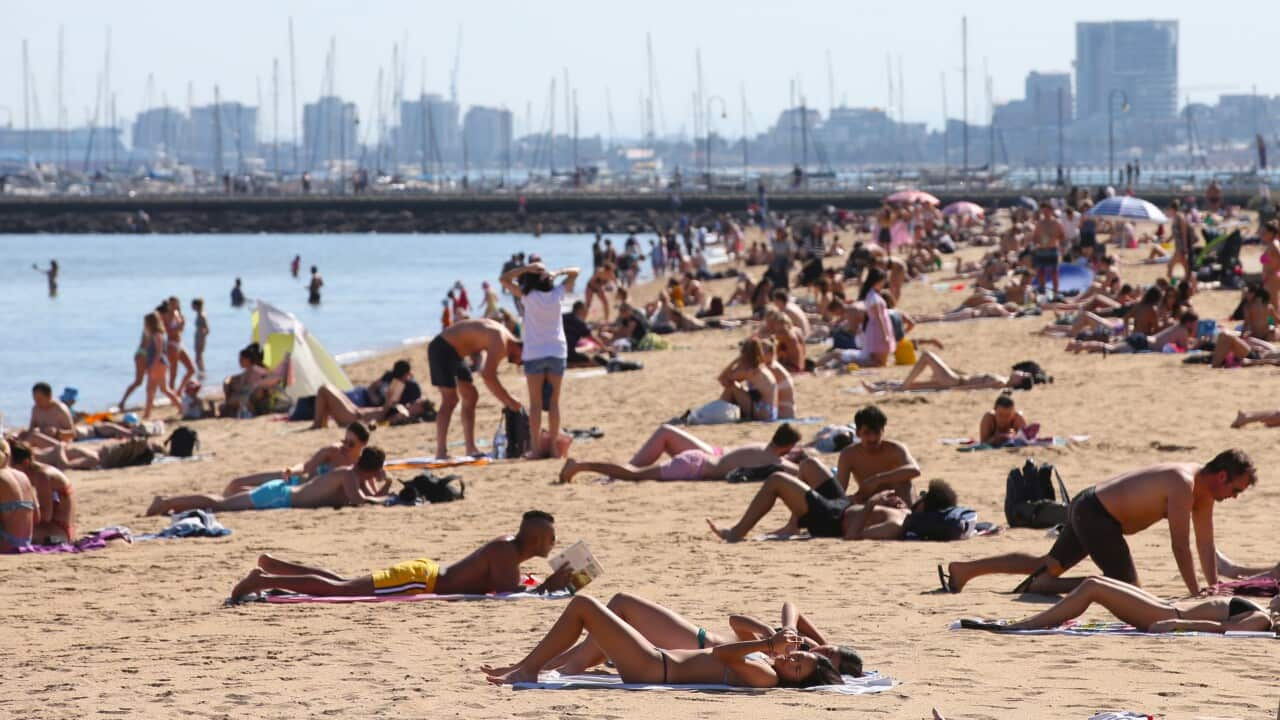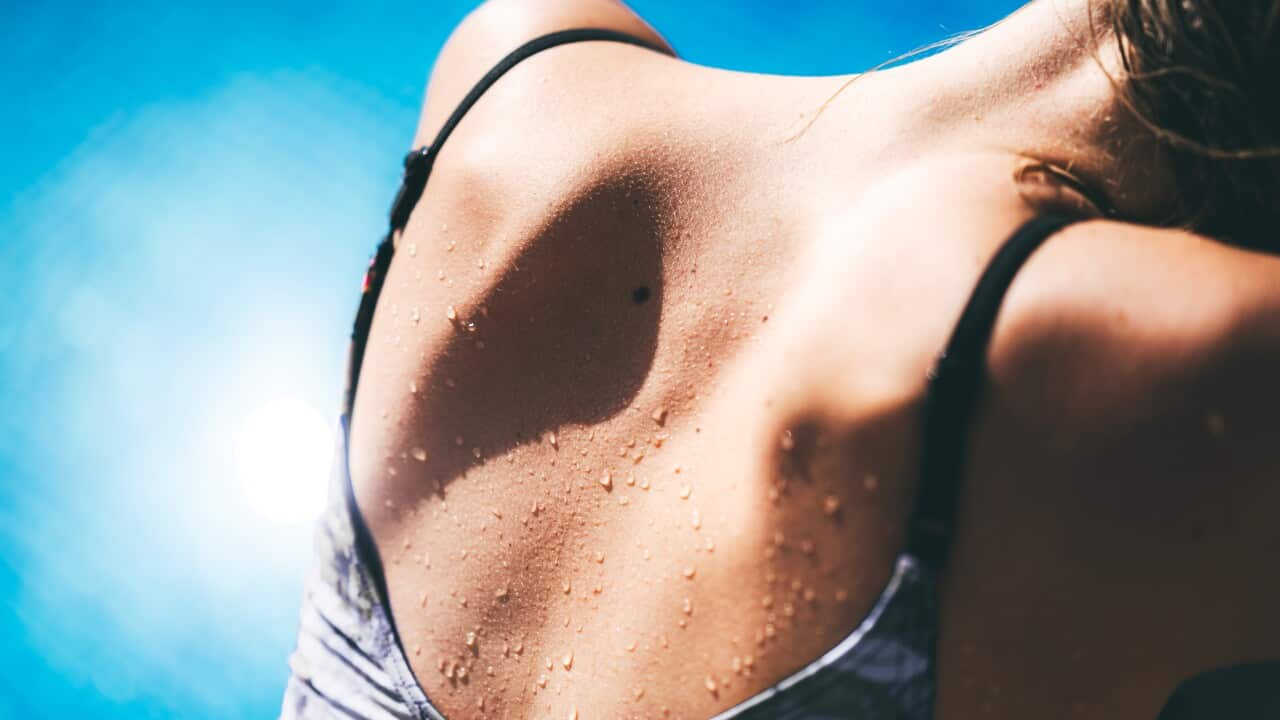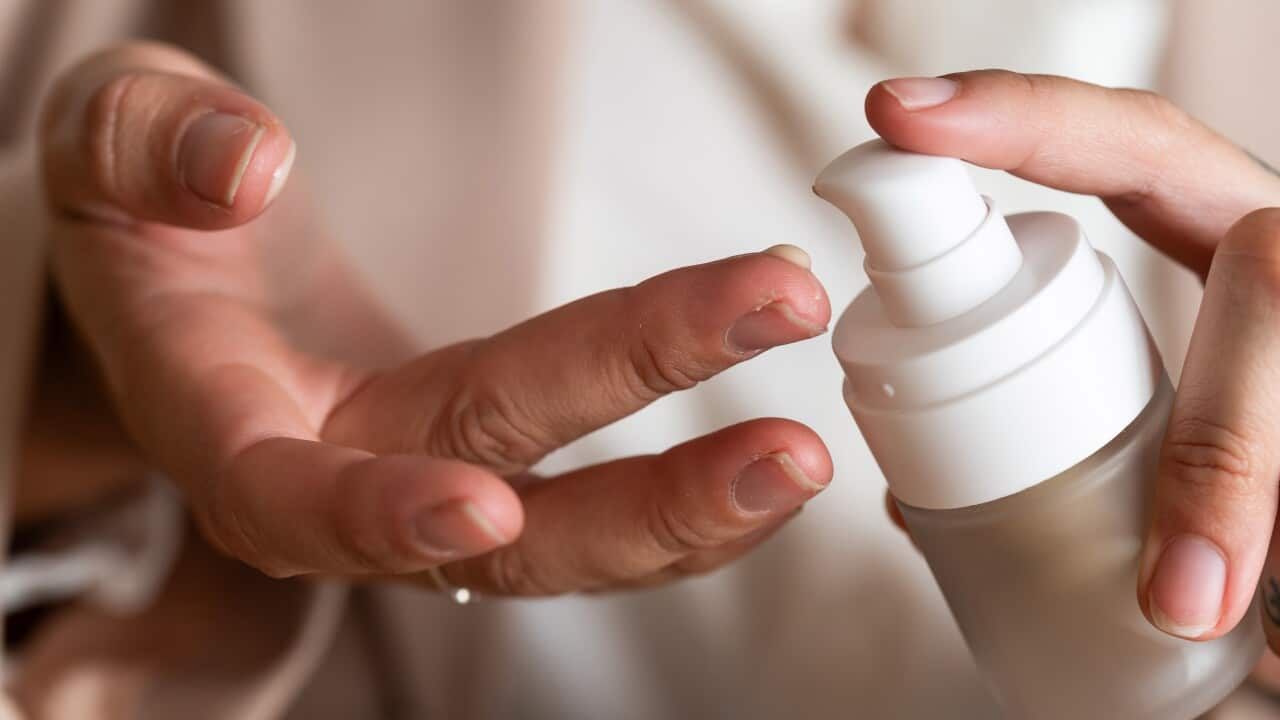Australia's sunscreen saga continues, with the Therapeutic Goods Administration (TGA) identifying more than 20 products it has placed under review due to concerns they don't accurately reflect their sun protection factor (SPF) rating.
Eighteen sunscreens have now either been recalled or had their sale paused in Australia amid the TGA's review, which came after an investigation by consumer advocacy group Choice earlier this year.
Here's what you need to know about which products have been recalled, how products are tested in Australia, and how to protect yourself as Australia heads into the warmer months.
Which sunscreens have been recalled or placed under review?
Back in June, Choice released the results of an investigation which found 16 of 20 products from a range of popular Australian sunscreen brands failed to meet their advertised SPF claims.
The product that performed the worst in its testing was Ultra Violette's Lean Screen SPF 50+ Mattifying Zinc Skinscreen, which returned an SPF of 4. The company initially rejected the results, saying it did not accept them as "even remotely accurate" and questioning the methodology of the test.
In August, Ultra Violette voluntarily recalled its Lean Screen SPF 50+ product, saying independent lab testing had yielded results showing samples of the product returned widely varying SPF data.
On Wednesday, the TGA said Lean Screen had been manufactured using the same base formulation as a number of other sunscreens manufactured by a company called Wild Child Laboratories.
It said the manufacturer had received preliminary SPF testing results for the base formulation, which indicated it was unlikely to have an SPF greater than 21. Additionally, some of the specific goods manufactured using the base formulation could have an SPF value as low as 4.
The affected products are:
— Aspect Sun SPF 50+ Physical Sun Protection, and Tinted Physical Sun Protection
— Aesthetics Rx Ultra Protection Sunscreen Cream
— New Day Skin Good Vibes Sunscreen SPF50+, and Happy Days Sunscreen SPF 50+rs
— Allganics Light Sunscreen SPF 50+
— Beauti-FLTR Lustre Mineral SPF 50+
— Found My Skin SPF 50+ Tinted Face/Body Cream
— Ethical Zinc Daily Wear Light Sunscreen, Tinted Facial Sunscreen (Dark), and Tinted Facial Sunscreen (Light)
— Endota Mineral Protect SPF50 Sunscreen
— We are Feel Good Inc Mineral Sunscreen SPF 50+
— GlindaWand The Fountain of Youth Environmental Defence Cream SPF 50+
— UltraViolette Velvet Screen SPF50
— People4Ocean SPF 50+ Mineral Bioactive Shield Lightly Tinted Cream
— McoBeauty SPF 50+ Mineral Mattifying Sunscreen
— Naked Sundays Collagen Glow Mineral Sunscreen
— Outside Beauty & Skincare SPF 50+ Mineral Primer
— Salus SPF 50+ Daily Facial Sunscreen Broad Spectrum
All companies have been notified, and many have already voluntarily recalled their products and their TGA registration.
The sale of 10 products has been paused, with another eight recalled or ceasing production. Two are being reviewed.
How are sunscreens tested in Australia?
Australia has some of the strictest regulations on sunscreens in the world. It's one of only a few places that regulate it as a therapeutic good (under the TGA) or a drug, rather than as a cosmetic product, as in the European Union and the United Kingdom.
To sell a sunscreen product in Australia, it must be entered into the Australian Register of Therapeutic Goods and comply with strict standards.
Those standards cover things like SPF testing and broad-spectrum UVA testing, as well as water resistance and stability under various conditions.
The SPF rating of sunscreen products in Australia is conducted through testing on at least 10 human volunteers in a laboratory, where a small amount of the product is applied to a test site on their body.
Researchers use a device called a solar simulator, which approximates natural sunlight, to measure how long it takes for the skin to redden in an area where the sample has been applied, compared to another part of the skin.
There are some challenges associated with testing, and the TGA noted that the variability of SPF test results is a known issue both in Australia and overseas.
The TGA said it's considering measures to enhance the consistency of SPF testing for all therapeutic sunscreen products in Australia.
Many products sold in Australia are tested overseas, but they are still required to meet the TGA's standards before being sold.
On Wednesday, the TGA said it had "significant concerns" about the reliability of SPF testing undertaken by the United Kingdom-based Princeton Consumer Research Corp (PCR Corp), saying many companies responsible for sunscreen manufactured using the same base formula had relied on PCR Corp testing to support their SPF claims.
The TGA said it had informed all companies responsible for sunscreens manufactured using the same base formulation about its concerns with PCR Corp's testing. It said it had written to PCR Corp about its concerns and not received a response.
On Tuesday, Choice CEO Ashley de Silva called on sunscreen companies to confirm which labs verified their latest SPF results.
Why is it so important to protect yourself from the sun in Australia?
Australia has the highest rates of skin cancer in the world and experiences some of the highest levels of UV in the world. It's estimated that two in three Australians will be diagnosed with skin cancer in their lifetime.
Anne Cust, a professor of cancer epidemiology at The University of Sydney, said many Australians don't realise just how strong the sun is here compared to the rest of the world.
Our UV levels are much higher than in the Mediterranean region in Europe, for example, but Cust said if you grew up in Australia, it might not be something you appreciate.
Therefore, it's still very important to wear sunscreen (and take other precautions) when going out in the sun, and ensure you're using it properly.
Cust stressed that we know that even sunscreens with a lower SPF are effective in preventing sunburn and skin damage from the sun.
She welcomed the TGA looking at sunscreens as there "needs to be high public confidence in sunscreens".
How do you choose a sunscreen, and how can you ensure it's effective?
Cust said there were a few things to keep in mind when selecting a sunscreen to wear. While SPF50 is recommended, SPF30 will still give very good protection.
You should also ensure you choose a sunscreen that is both water-resistant and broad-spectrum, covering both the longer-wavelength UVA and shorter-wavelength UVB rays.
UVB rays affect the outer skin layers and cause sunburn, which is a significant risk factor for melanoma. UVA, which can often get through glass, penetrates deeply into the skin and causes damage to cells,leading to photoaging. Both can cause skin cancer, so it's important to protect against both.
However, Cust said while it's important to buy a sunscreen that provides adequate protection, what can often be more important is ensuring you're putting enough of it on and re-applying frequently enough.

It's important to reapply sunscreen frequently as well as use other methods of sun protection, such as wearing a broad-brimmed hat and sunglasses. Source: Getty / Liudmila Chernetska/iStockphoto
She said it was important to reapply every two hours when outdoors, as well as after swimming or sweating, as sunscreen will rub off.
"I think that's more concerning than whether the SPF is 50 or 30, because there's not actually a lot of difference in the efficacy of a sunscreen between SPF 50 and 30," she said.
How else can you protect yourself from the sun?
While sunscreen is an important form of sun protection, it's also just one of several ways to protect yourself as we head into summer.
Staying in the shade when possible, wearing a broad-brimmed hat, wearing sunglasses and covering up with clothing are just as important, even if you're also wearing sunscreen, Cust said.
This article contains general information only. For advice relating to your personal situation, see a qualified medical practitioner.
Share





